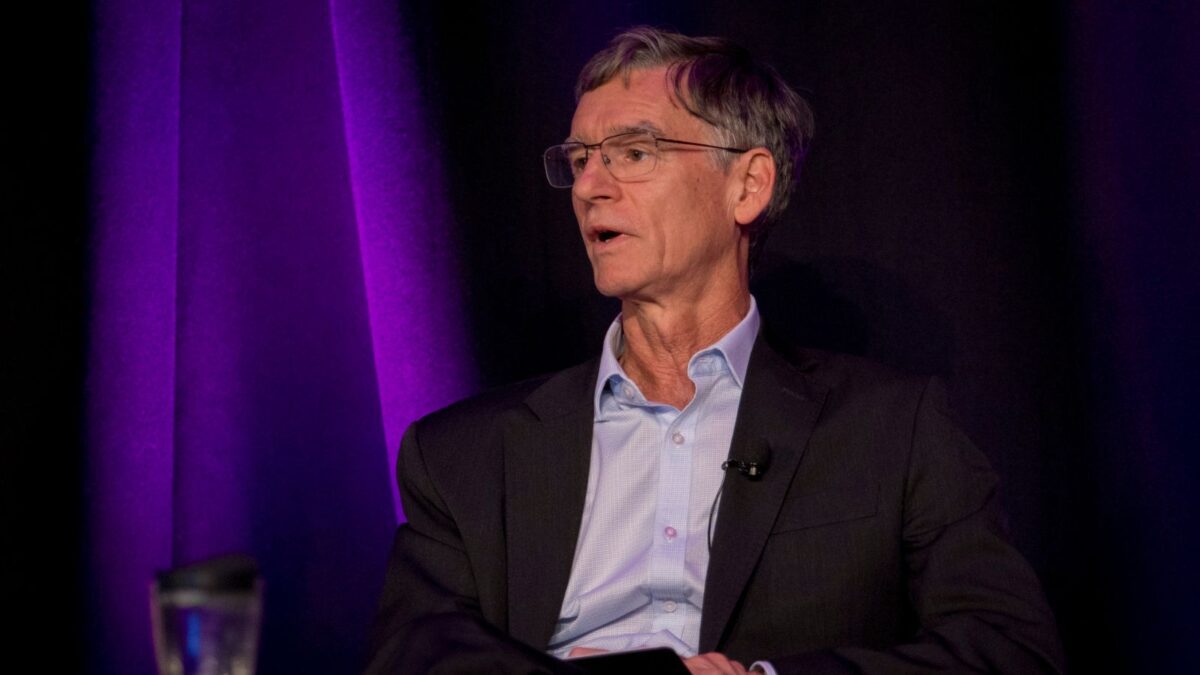BNY Mellon paints a rosy picture instead of gloom
Simon Cox
“Our scenario is ambitious but I don’t think it’s crazy,” says Simon Cox, the investment strategist for BNY Mellon Investment Management in Asia Pacific. He made an interesting case for global optimism, last week, in a series of presentations for advisors.
“We thought it was at least worth exploring more optimistic scenarios for the world,” Cox said. “What if each of the G4 countries fulfills its potential over the next few years?” By this he meant that India achieved growth of about 8 per cent a year for the next 10 years, that China stays at about 7 per cent, that the US delivers a consistent 3 per cent and Japan 2 per cent.
Cox observed that if people viewed the world with diminished expectations, then this could become self-fulfilling. For instance, IMF chief Christine Lagarde recently described the world economy as being “the new mediocre”. It is not too bad but it is not good either.
Cox said that the term which has recently been bandied about is “secular stagnation”. However, this was not a new term. It was reportedly first used by economist Alvin Hansen, who studied economic cycles, in 1938 after a period of global depression. Hansen, a disciple of Keynes, referred to a decline in population growth, lack of technological development and turmoil (Japanese invasion and civil war) in China as causes of stagnation. “This turned out to be remarkably unprescient,” Cox said. “There are imperfect parallels between then and now but thinking about them can help free up the mind.”
For the first time almost all of Asia’s governments are stable and appear committed to economic reform. Of the G4, each has room to grow before hitting capacity problems, Cox said, although, longer term there might need to be better mobilisation of labour, accumulation of capital and improved productivity. In terms of a cycle or sequence, US was at the beginning and China at the end.
BNY Mellon believes that the G4 economies could live up the their unfulfilled potential within the next few years. A research note by the manager says: “Policymakers in China and India still have scope to revive demand through lower interest rates, cuts in reserve requirements and, in China’s case, fiscal stimulus. Japan’s monetary easing, which was reasonably successful in reviving spending until the April 2014 tax hike, now has two more years to work without another such fiscal interruption. In America, government spending and employment have stopped shrinking and the recovery in demand is already strong enough for the Fed to contemplate raising interest rates.”
BNY Mellon commissioned the Economist Intelligence Unit to simulate the effect on various indices if the manager’s predictions prove correct. It came up with: an S&P 500 index of 2452 in 2016 and 2624 in 2017 (compared with 2203 in 2015); an oil price of $80 in 2016 and $92.20 in 2017 ($62.20); global food price index of 195.3 in 2016 and 205.8 in 2017 (186.5 in 2015); India Sensex of 32564 in 2016 and 37818 in 2017 (29578 in 2015); and Japan Nikkei 225 of 20229 in 2016 and 22156 in 2017 (29578 in 2015).










